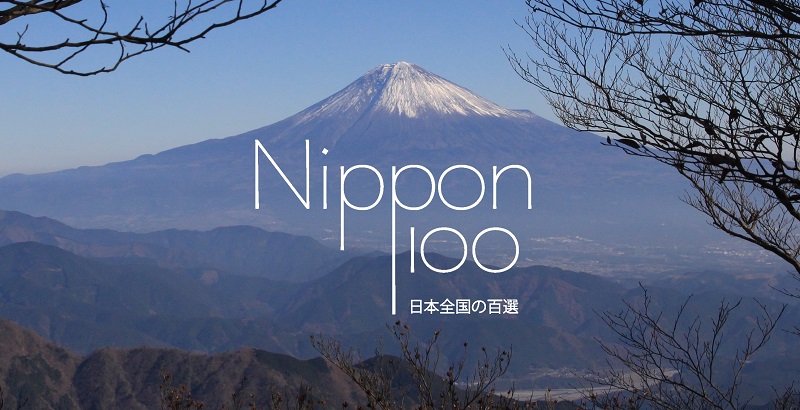More than 8 millions visitors are reaching the shrine yearly! Needless to say that the Dazaifu Tenman-gu, in Fukuoka prefecture, is a famous one. Which is pretty logical: that landscape out of the 100 ones of Heisei era is the main Tenmangu shrine among the hundred of Tenmangu shrines to be found in Japan, all dedicated to deified Michizane Sugawara – a scholar from Heian period (794-1185). In its preccints, we met large groups of schoolboys and girls, students worried for their coming exams, plum trees, contemporary art and many beef statues…
We weren’t expecting that, but each time we visited the Dazaifu Tenman-gu, twice in past November, the preccincts were really filled with visitors. The long approach, the three bridges leading to the inner shrine or the Honden were all equally busy. Without paying any attention to the cold wind, groups of Chinese and Korean tourists mingled with the students in school trips and elegant parents leading their even more elegant children to the shrine for Shichi-Go-San.
The popular shrine with an eleven-centuries-long history is also modern and open to the world. The Dazaifu Tenman-gu is the only one we have visited that is funding contemporary art and arranging outdoor exhibit onsite, in between the historical buildings.
That way of enhancing arts is the legacy of – and a tribute to – Michizane Sugawara, a scholar from Heian period, whose spirit is worshiped here since 905. He also has long been identified to Tenjin the kami – a shinto divinity – related to art and knowledge. Thanks to the Dazaifu Tenman-gu Art Program, art is even created on site by worldwide artists, then becoming a part of the shrine treasures.








To well understand the Dazaifu, one should know the shrine history, which leads back to the 9th century and Michizane Sugawara. Born in 845 in a scholar family of Kyoto, the man was soon among the country rulers. But a plot lead by the Fujiwara clan – another branch of rulers – saw Michizane forced to go on exile far from the capital, at the very beginning of the 10th century.
Michizane thus arrived in Northern Kyushu, in Fukuoka, where he began another life exclusively dedicated to his studies. An impressive dedication that quickly gave a strong impression among the locals. But the legend began after his death.
Many political changes happened during the following months, along several natural disasters – the whole being seen as a revenge from his spirit, still angry for his unfair exile. The way to cool down his spirit was thus to build shrines all over the country – that’s the very origin of the Tenman-gu. But the first one is the Dazaifu, built outside of Fukuoka at the exact location the ox driving his coffin decided to stop – an event Michizane’s friend understood as a sign. The place is now the shrine heart, the center of the Honden.
Eleven oxes are to be found in the Dazaifu preccincts, along many plum trees, Michizane favorite trees. The Tenman-gu are a popular visit in February-March when the trees are blooming, a couple of weeks before the world famous sakura one.

 |
 |




 |
 |



The Tenman-gu shrines, and that’s even more true that anywhere else in the Dazaifu Tenman-gu, are filled with students before the main exams each year.
But what also impressed us in the historical shrine are the many centuries-old camphor trees to be found there. Ancient trees that grew along the worship toward Michizane.







How to get there ?
The Dazaifu Tenman-gu is about 15 kilometers South-East of Fukuoka, in the Northern part of Kyushu. The easiest to get there is to ride a local bus, or a train from Nishitetsu railways. Regarding the first, there is a bus per hour between the Hakata Bus Center and the Dazaifu bus station – a 45 minutes and 600 yens journey. The bus is also stopping at Fukuoka airport, from where the shrine is only 30 minutes and 500 yens away.
Using the Nishitetsu trains, the journey is shortest, between 25 and 40 minutes, for about 400 yens. First take the Tenjin Omuta Line from Fukuoka Nishitetsu station, and change to the Dazaifu line at Futsukaichi Nishitetsu station.

